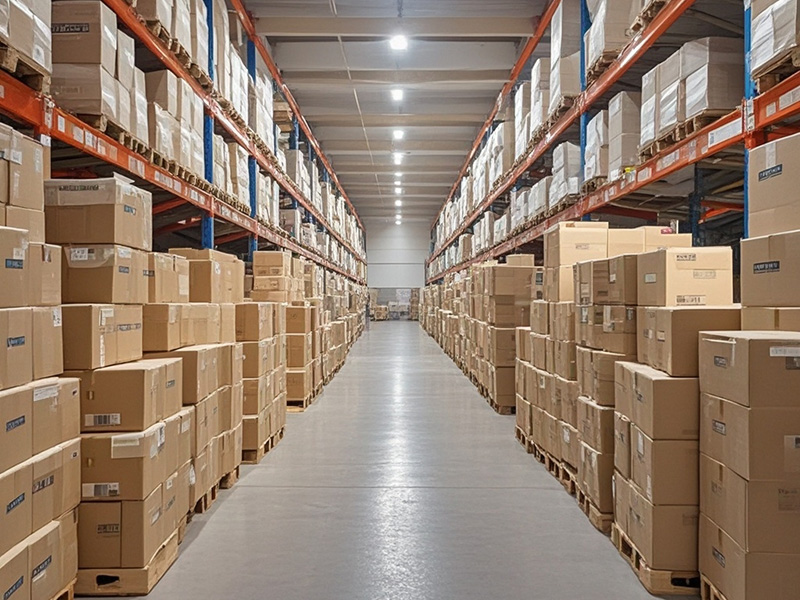Amid the ongoing global trade wars, the global supply chain is undergoing an unprecedented deep adjustment. The trade barriers between major economic powers have not only reshaped the flow of international trade but also had a profound impact on Asia, the world’s manufacturing center.

However, in this era of both challenges and opportunities, Southeast Asia is gradually emerging as a new key player in the global supply chain. According to a report by the World Trade Organization (WTO) in 2023, the total export turnover of the Asian region has declined by 5% over the past two years due to the impacts of the trade wars and the rise of trade protectionism.
In particular, the high tariff policies resulting from the China-U.S. trade war directly affected the close supply chain relationships between Asian countries and China, forcing many American and European companies to seek new suppliers and markets.
In recent years, the intensification of the U.S.-China rivalry has fragmented the global supply chain, with many manufacturers seeking to reduce their reliance on a single supply source and relocating their production bases from China to Southeast Asia. This shift not only reflects the global demand for supply chain diversification but also highlights the unique advantages of Southeast Asia in terms of cost efficiency, production flexibility, and market potential.
Bartlett, an emerging market equity strategist at JPMorgan, pointed out in an interview with Bloomberg TV that as supply chains gradually shift from China to Southeast Asia, these countries have shown outstanding performance in attracting foreign direct investment (FDI), with Vietnam and Indonesia leading the way.
Vietnam, with its low labor costs, stable political environment, and strong government support, has become a popular destination for foreign direct investment. In 2023, Vietnam attracted over $25 billion in foreign direct investment, a 13% increase from the previous year, mainly focused on manufacturing, high-tech industries, and green energy. Meanwhile, Thailand and Indonesia are also actively seizing this historic opportunity.
The Thai government has attracted substantial investments in the electronics and automotive industries through a series of policy incentives, while Indonesia, leveraging its abundant natural resources and large consumer market, is accelerating the development of renewable energy and the automotive industry. Both countries are investing in infrastructure and human resource training to gradually alleviate the logistics and talent pressures arising from the shift in trade.

 alt=""
alt="" 


 Logistics line quotation
Logistics line quotation Cross-border express order
Cross-border express order 24 hours online customer service
24 hours online customer service Huixiang Cross-border Logistics all rights reserved
Huixiang Cross-border Logistics all rights reserved 






